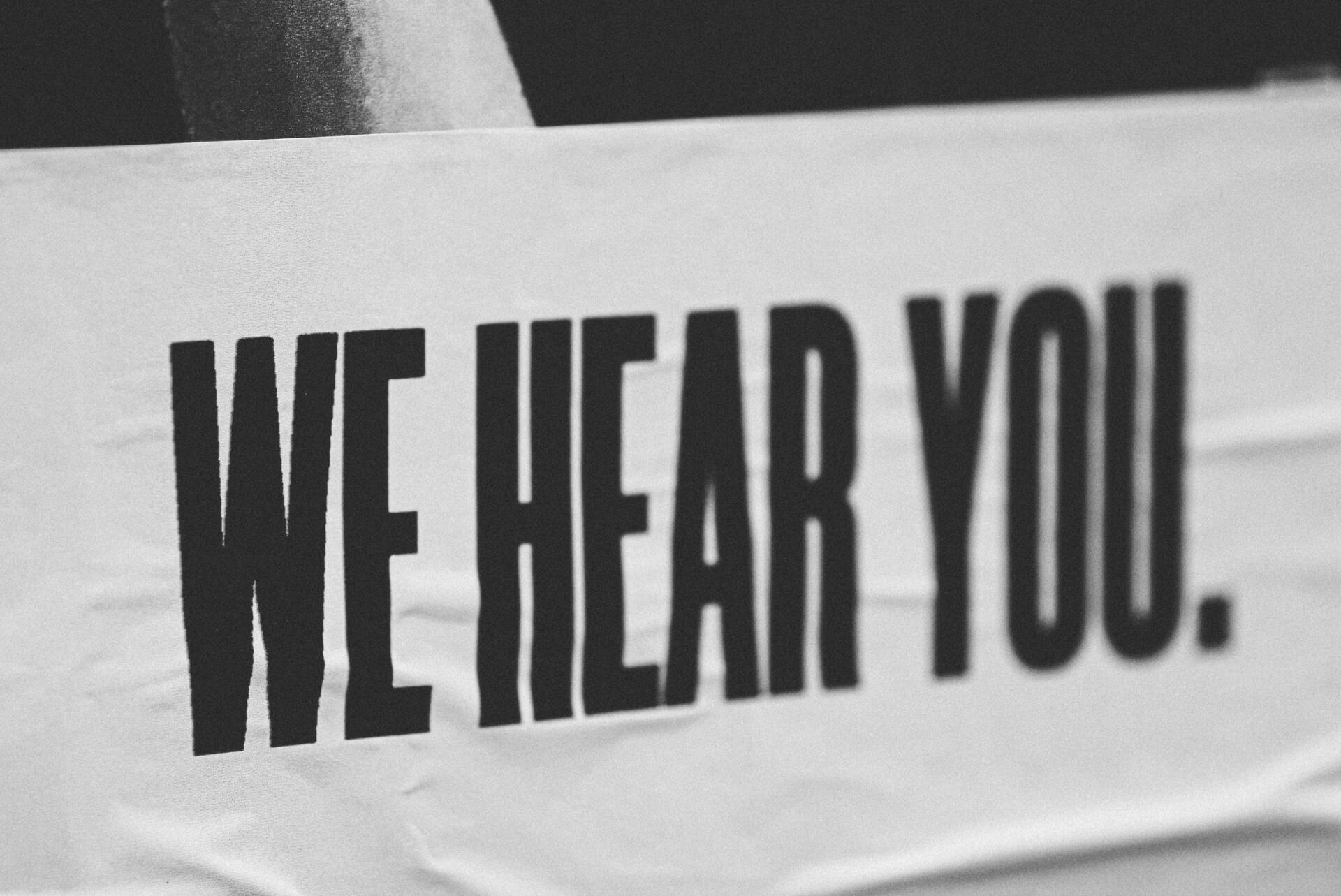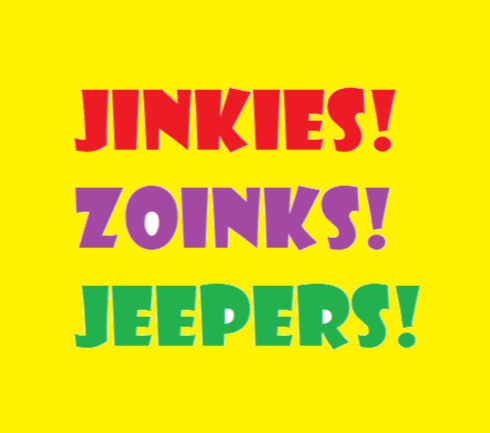I don't need to see your workings-out
- By Mark Aikman
- •
- 07 Nov, 2022
- •
How to write reports that busy people will read

Reports. We need them to show how we’re doing. After all, that’s exactly what good governance is about. But holy guacamole, let’s get smart about it, eh?
Far too often, I see reports that tell me the inside leg measurement of last Wednesday’s cheese grater. Layer upon layer of detail, which look like the author is answering the brief “Write down everything you know about Topic X”. That’s not what I need as Programme Lead. Instead, I need to know anything that’s remarkable or concerning. Anything that’s where it should be is a given: so don’t bother telling me that there’s nothing to see here, whilst telling me what there is to see.
Therefore, my four tips for report writers who want to impress busy readers are:
1. Remember you’re trusted
Most over-detailed reports come from people who are covering the rear. They include everything about their project, so they’ll be able to prove they told-you-so if something goes wrong later. Some people even include all the guff because they’re not sure if they’ve spotted all the anomalies, and they’re using the reader as a safety net to catch anything they’ve missed.
But in a team built on trust, operating in a no-blame culture, this is entirely unnecessary. Report authors are trusted to spot what matters – and won’t be put in the Tower if they miss a bit. Therefore, the author’s view of what’s important is all that matters. And the reader doesn’t need to see all the workings-out.
2. The key skill is stating the key fact
For reports to be effective and helpful for busy readers, they need to be succinct. Just the key facts that the recipient will need to base decisions on. So, to edit what to put in and leave out, authors can ask themselves three crucial questions:
- What are the critical ELEMENTS of this project at present – and of those, what’s wobbly or bubbly?
- What’s the reader’s OBJECTIVE when reading this report – what do they want to get out of it?
- What’s the reader going to DO with this report?
Those answers will help hugely in only selecting key facts issues to mention – whatever matters most to the project’s and the reader’s focus. If in doubt: ask the reader!
3. The exception is the rule
Less is very definitely more.
Everything that’s as it should be is … absolutely not newsworthy. So make sure your reports cover the exceptions only. Those include what’s interesting, such as items that are ahead of schedule, or below budget, all located in the good news bucket. Or items that are challenging us now – or MAY BECOME challenges in the future - which can go in the other part of the report: The Needs Attention Section.
4. Communicate without words
Finally. It doesn’t have to be a lot of words. Or a lot of numbers. Indeed, a lot of words/numbers take time and effort from a busy reader and significantly reduce the author’s chances that the item will even be read at all. Consider using graphics to convey content more succinctly.
As an example, think about pie-charts. Think how many words it will take to communicate the value of all the pie “slices”, comparative to each other, shown on a pie-chart. Then think how much quicker and more emphatic a pie-chart is in conveying the relationships between slices and you will then never write a comparative description of proportions in words again. Or how about a traffic light graphic – red, amber or green for going well, OK or there-may-be-trouble-ahead? Or maybe up, sideways and down arrows? ANYTHING, as long as it’s not eight pages of words describing the same things you wrote about last month!

https://www.future-processing.com/blog/selecting-a-supplier-natural-selection/








